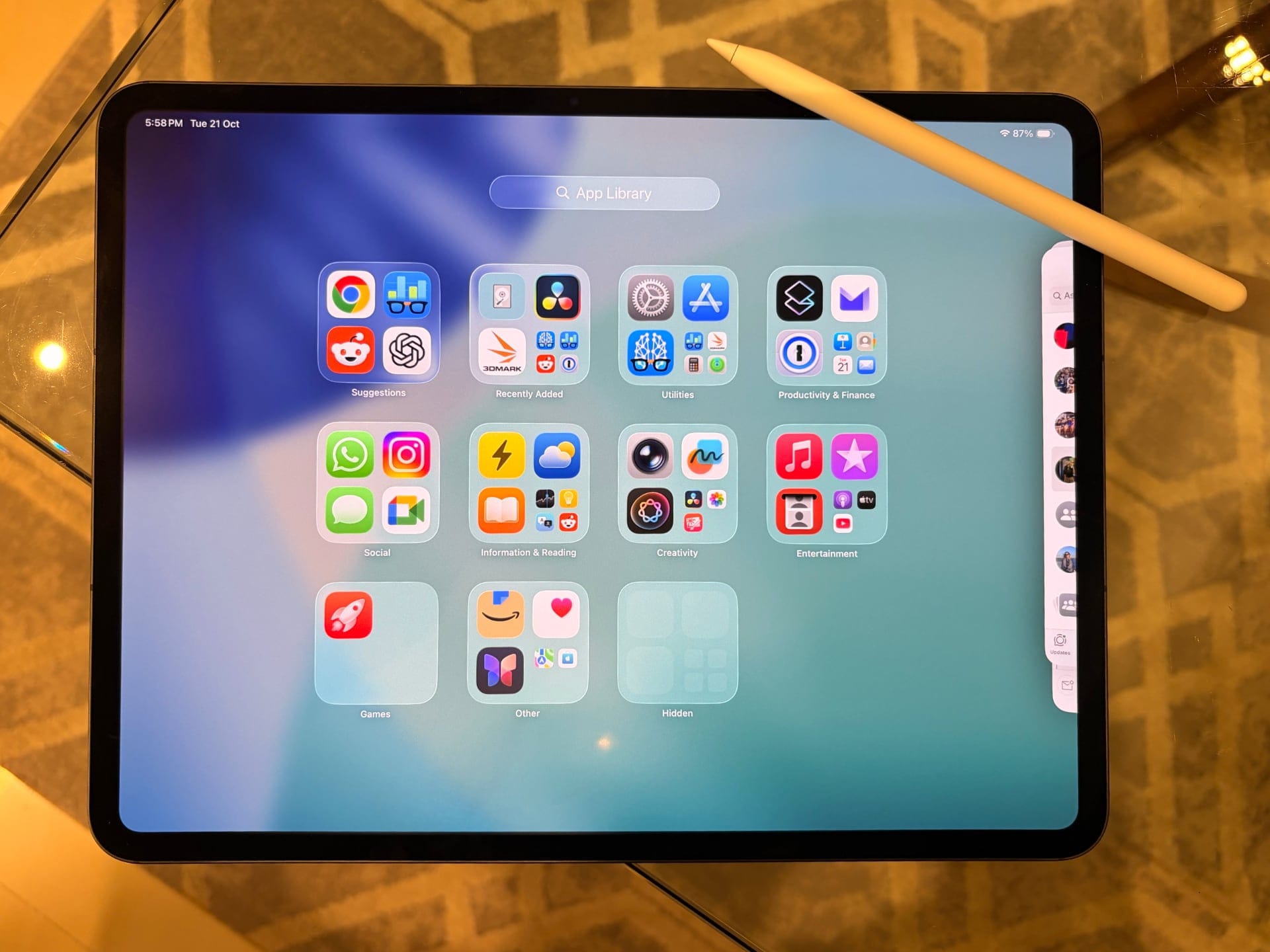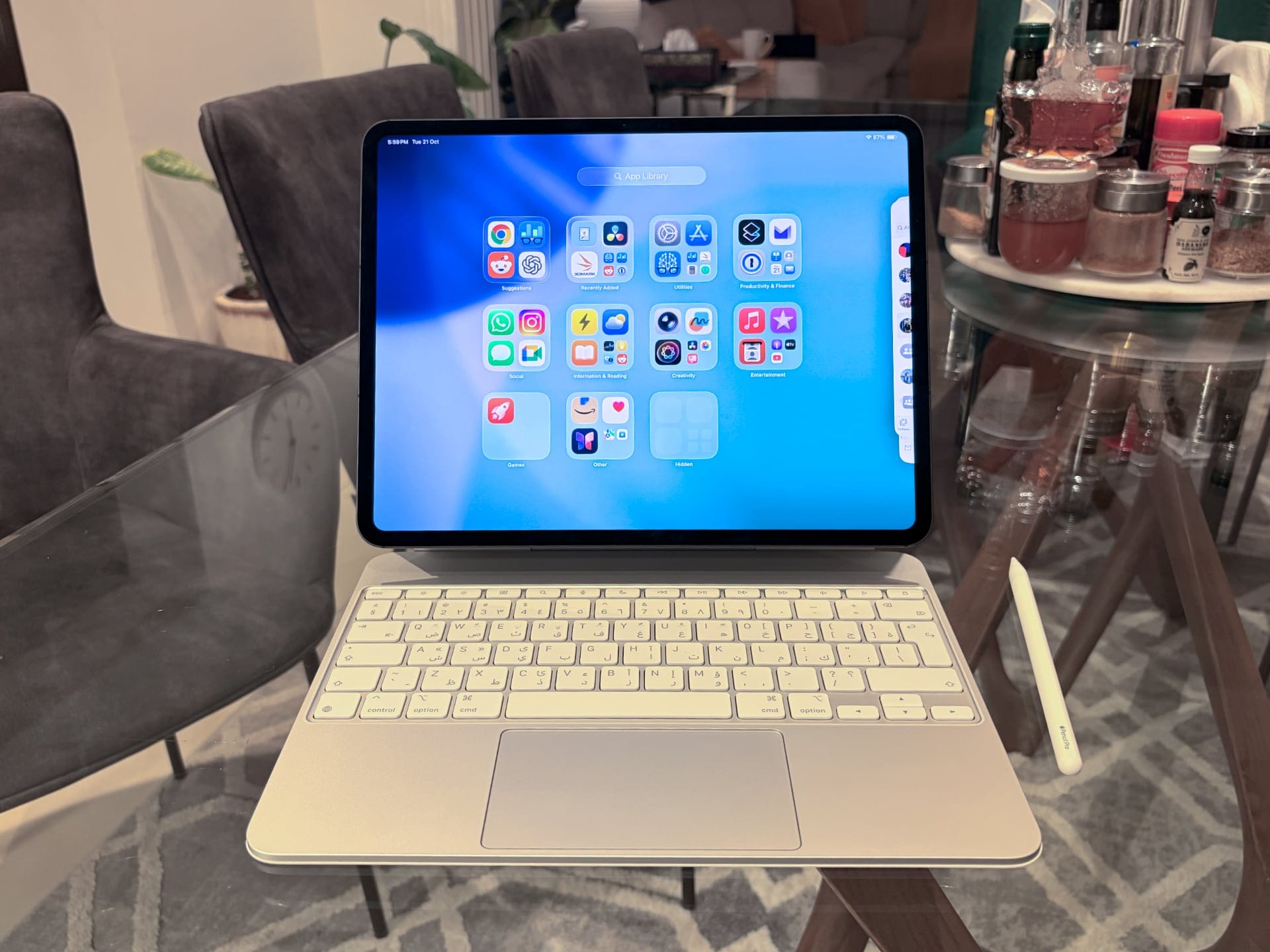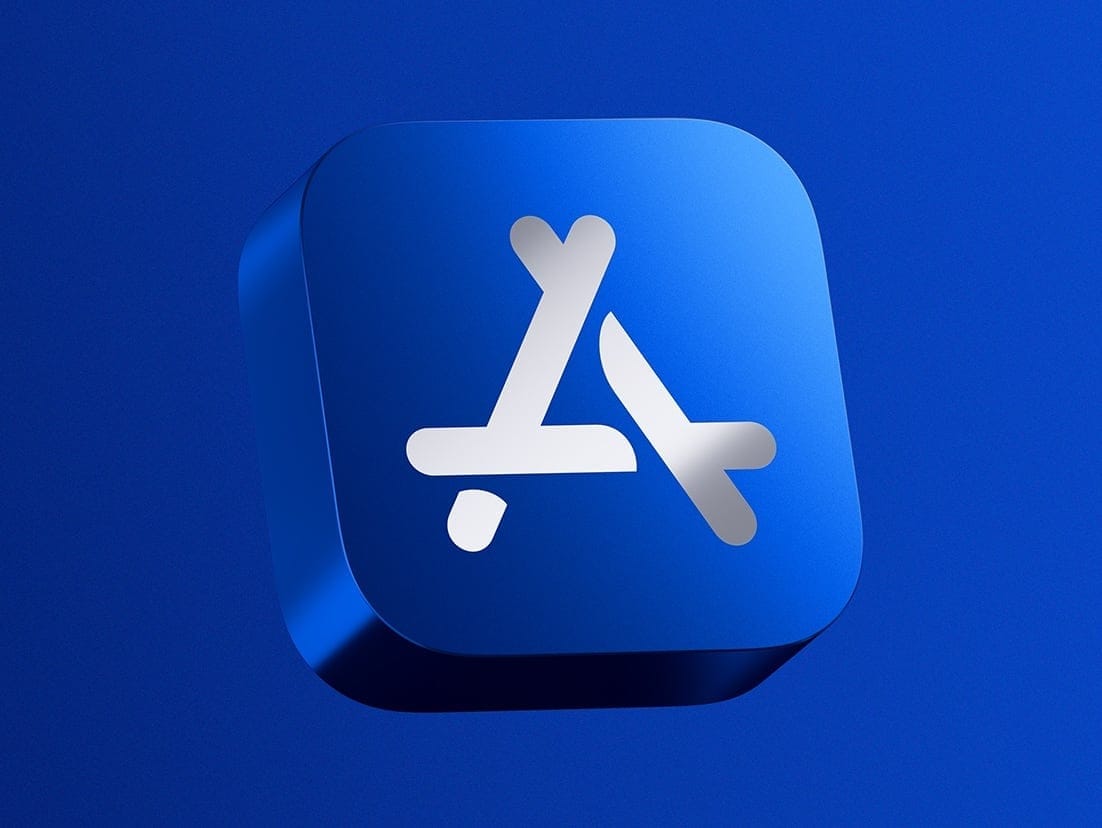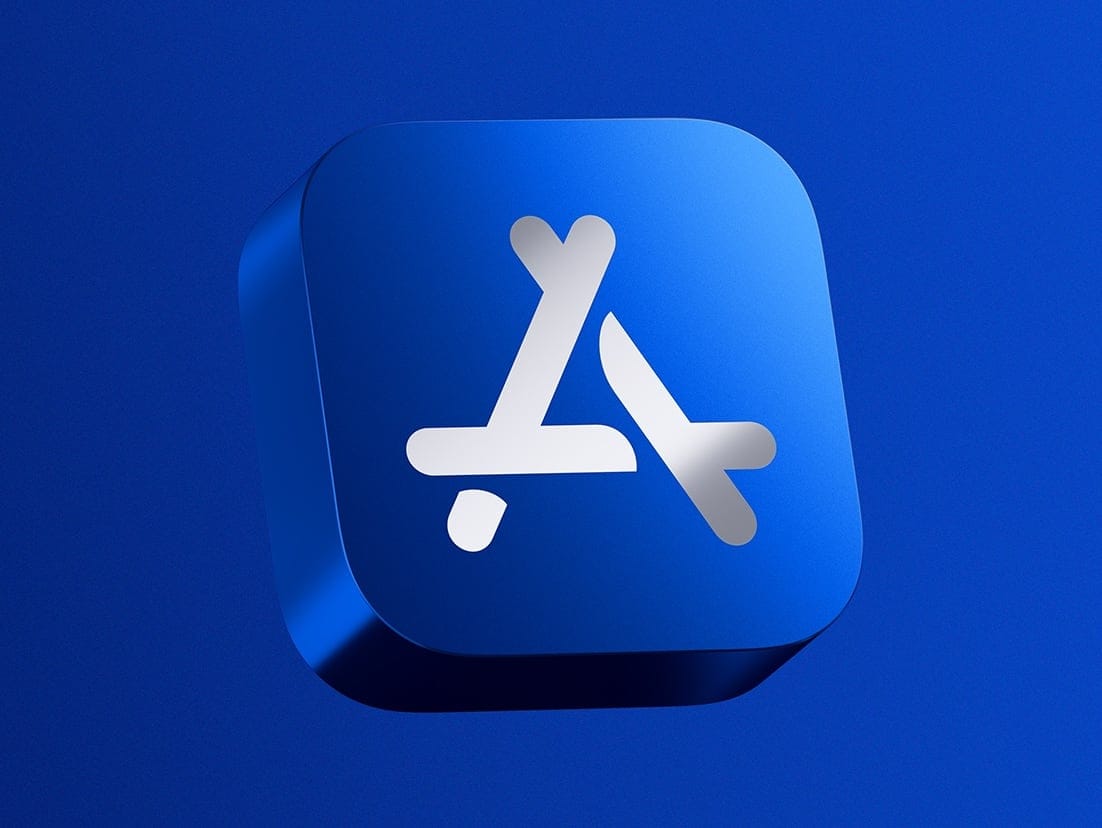The iPad has consistently outperformed and outlasted competing platforms and tablets in terms of performance and usability. But that hasn’t stopped Apple from pushing its boundaries, and the latest iPad Pro with the M5 chip continues to dominate the segment.
UAE Pricing and Availability
The iPad Pro M5 is available in 11-inch and 13-inch sizes, and both have the same starting prices as the M4 models they replace. The 11-inch model starts at AED 4,199 for a 256GB Wi-Fi model and goes as high as AED 9,399 for the 2TB model with 5G and Nano-texture glass.
The 13-inch model starts at AED 5,499 for a 256GB Wi-Fi model and goes as high as AED 10,699 for the 2TB model with 5G and Nano-texture glass. That's the config I received from Apple for this review- along with the Magic Keyboard and Apple Pencil.
Design and Features
Like the new M5-powered MacBook Pro, the iPad Pro looks identical to last year’s model. Every curve, every millimetre of metal, feels like déjà vu. Apple didn’t touch the exterior because it didn’t need to—the changes are all inside.
Beneath that familiar slab, the iPad Pro M5 hides a faster processor, upgraded storage, and two new co-processors, the N1 and C1X, that handle Wi-Fi 7, 5G, Bluetooth 6.0, and Thread connectivity.
Apple has doubled the storage speed on the iPad Pro M5 and the 256GB and 512GB models now come with 12GB of RAM while the 1TB and 2TB models have 16GB RAM. Also new this year is support for 4K external monitors at 120Hz, a feature that has been on the wish list of many users.
The display remains the same stunning 13-inch Tandem OLED panel from last year. Its brightness, contrast, and colour accuracy make it one of the best screens on any mobile device. If you're coming from the 11-inch model like I am, the extra real estate alone makes it a more comfortable daily driver for productivity.

Performance
In this first look, I wanted to test the M5 iPad Pro’s performance against my iPad Pro M4 from last year. On paper, the difference doesn’t seem massive—another yearly silicon bump—but the reality is a little more nuanced.
According to Apple, the M5 chip delivers a 10-15% CPU uplift and roughly 30-35% faster GPU performance compared to the M4. The 2 TB configuration I was sent uses the fully unlocked version of the chip with a 10-core CPU, 10-core GPU, and 16 GB of RAM. Combined with 153 GB/s of memory bandwidth, the iPad's specs read more like those of a workstation-class laptop than a tablet.
| iPad Pro M5 | iPad Pro M4 | |
|---|---|---|
| Geekbench Single Core | 4,117 | 3,655 |
| Geekbench Multi Core | 16,464 | 13,538 |
| 3DMark Solar Bay | 20,011 | 13,861 |
| 3DMark Steel Nomad Lite | 4,215 | 3,195 |
| Geekbench AI CPU | 6,789 | 6,410 |
| Geekbench AI GPU | 22,714 | 11,005 |
| Geekbench AI NPU | 57,958 | 52,455 |
| Jazz Disk Read | 5,752 | 1,662 |
| Jazz Disk Write | 2,925 | 1,471 |
The performance gap between the iPad Pro M5 and the iPad Pro M4 isn’t subtle—it’s generational. Across every benchmark, Apple’s new M5 chip shows a clear and sometimes dramatic lead, proving that the company’s annual silicon cycle isn’t just about marketing numbers.
On raw CPU power, the M5’s Geekbench single-core score jumps from 3655 to 4117, a solid 12% improvement, while multi-core rises from 13,538 to 16,464, roughly a 22% gain. That translates to faster everyday responsiveness—apps launch quicker, multitasking feels smoother, and demanding workflows like 4K video exports complete in less time.
Graphics performance sees an even bigger leap. The M5 pulls a 44% jump in 3DMark Solar Bay and about 32% in Steel Nomad Lite, suggesting Apple’s latest GPU is edging into console-level rendering power. Games, 3D modelling, and visual effects workloads benefit the most here, and the difference is immediately visible in frame stability and thermal management.
AI and machine learning tasks show another decisive improvement. The M5’s Neural Engine (NPU) scores 57958, up from 52455—a modest 10% bump—but the GPU-based AI score more than doubles, from 11005 to 22714. That suggests Apple’s shift toward hybrid AI acceleration is paying off, especially for on-device image processing, generative tools, and real-time effects.
Another dramatic result comes from storage speeds. The Jazz Disk tests reveal the M5’s read speed at 5752 MB/s and write speed at 2925 MB/s. Those numbers move the iPad Pro M5 into laptop-grade territory, drastically cutting load times for large creative files and improving cache-heavy workflows.
Should You Buy the iPad Pro M5?
If you already own the iPad Pro M4, this upgrade might not feel urgent unless you constantly push the hardware to its limits- which I find hard to believe. The M5’s performance leap is undeniable—especially in graphics, AI workloads, and storage speed—but day-to-day browsing, writing, and streaming won’t suddenly feel transformative.
However, if your workflow involves video editing, 3D rendering, multitasking with external displays, or experimenting with AI-driven creative tools, the M5 iPad Pro will deliver a noticeable edge. The new chip’s raw power and improved storage throughput make it a serious contender for professionals who want desktop-class performance in a tablet form factor.
For anyone coming from an older iPad—M2 or earlier—this model will feel like jumping several generations ahead. Combined with Wi-Fi 7, 5G, and the gorgeous Tandem OLED screen, it’s the most capable iPad Apple has ever made.
Subscribe to our newsletter to get the latest updates and news








Member discussion